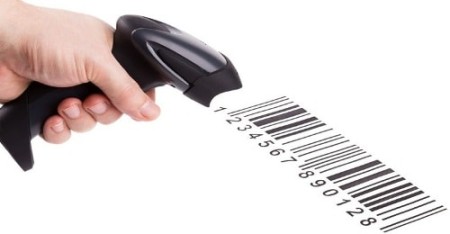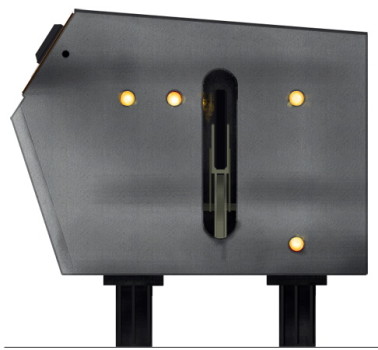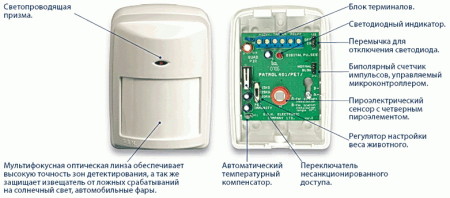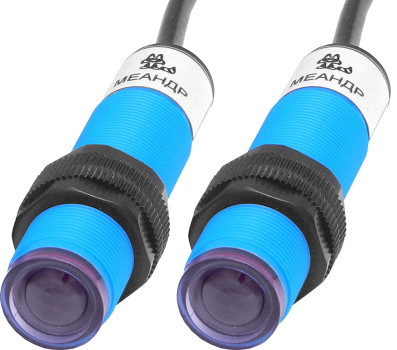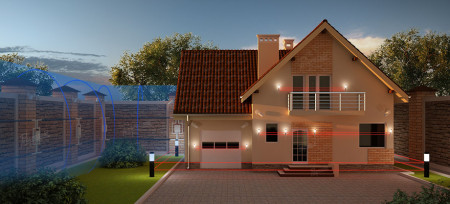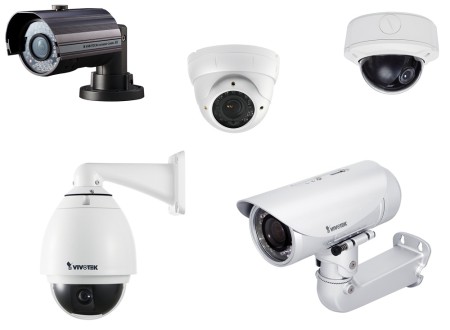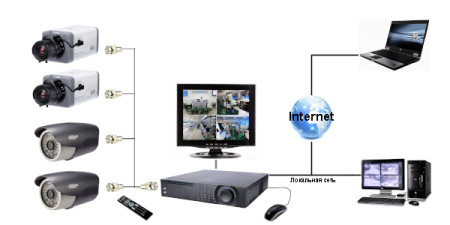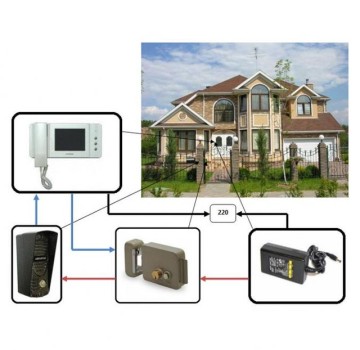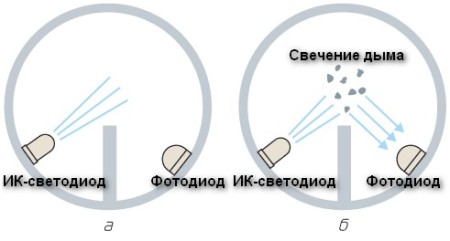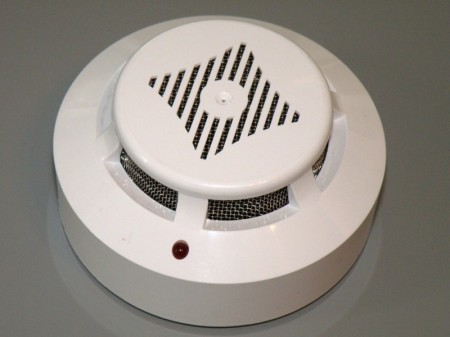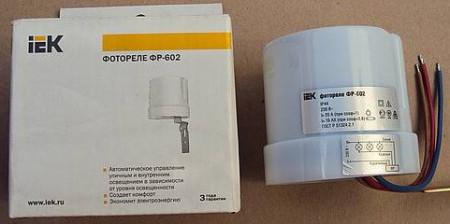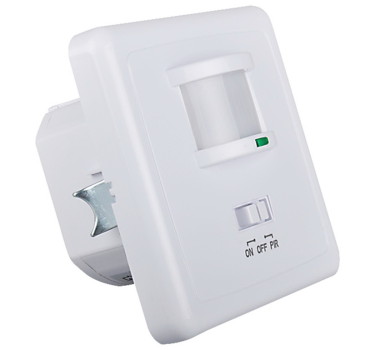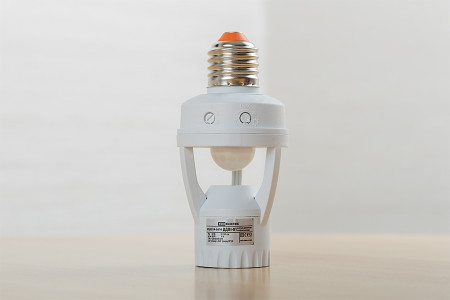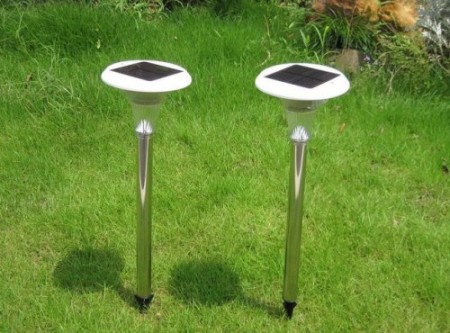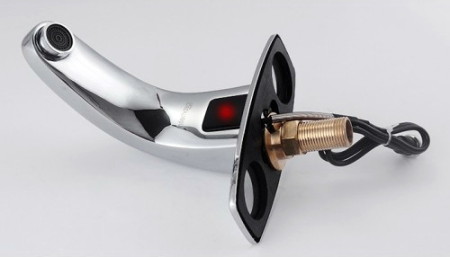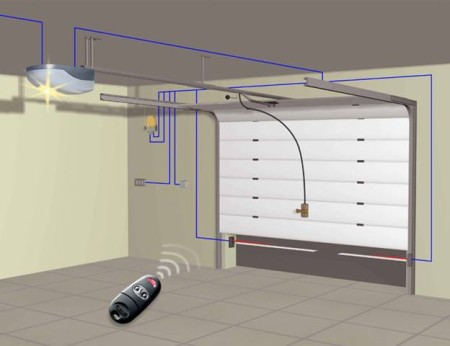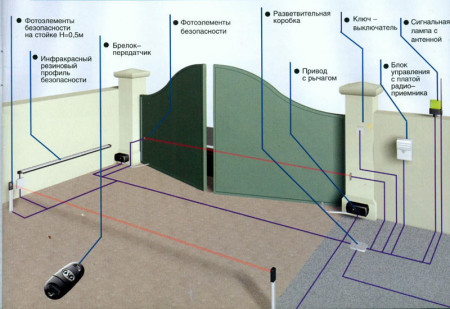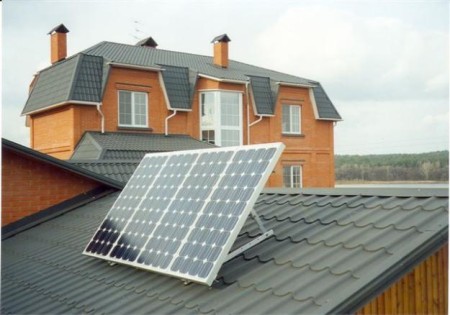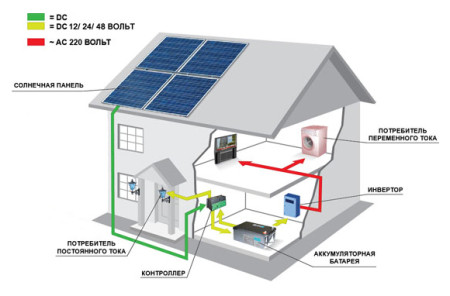The rapid development of technical progress allowed us to introduce elements of automation into our everyday life and thereby made life more comfortable. Means of automation are used to a greater or lesser extent in urban apartments, dachas, and, especially, in private households.
Content
What is a photocell, the scope of their application
This article describes possible applications for devices with photocells, but when installing automation and alarm devices in the house and on the site, complex use of devices of various types is necessary.
In the systems of automation, signaling, surveillance and control sensors of all kinds are used: reed, resistive, capacitive, inductive, thermal, sensory, contact, microwave and many others, but most often sensors are used including photocells.
Photocells are electronic devices that convert the energy of light photons into electrical energy. The first photocell was created by the Russian physicist Alexander Stoletov almost one hundred and thirty years ago. Since then, the element base and device of the device have fundamentally changed, but the principle of operation remains the same. Photovoltaic cells can be divided into two types: electrovacuum and semiconductor, and now vacuum photocells are almost replaced because of their relatively large dimensions and low efficiency, but they continue to be used, for example, in zones with high ionizing radiation, where semiconductors can not work.
Photocells include a variety of instruments, ranging from simple photodiodes and phototransistors to photosensitive matrices of photo and video equipment. Solar photovoltaic cells, also called solar batteries, also belong to this large class of devices and serve to power a variety of equipment.
Photocells have found wide application in various fields of human activity. Based on them, motion sensors and presence sensors, light level sensors, smoke detectors, photocells are used to read information from optical disks and bar codes on goods, control the lifting of the barrier and count the number of people who passed or passed cars, control the movement of a computer mouse, printer, tool in CNC machines.
Photovoltaic cells can work, for example, in turnstiles to prevent passage in the opposite direction, to disable the mechanisms in the workplace when the employee enters the danger zone, to indicate the presence of a person within the controlled area, in household and other equipment for receiving commands from remote controls, and this is not a complete list of "professions" of photocells.
Application of photocells in a private house
From the production sphere, photocells gradually spread to the domestic sphere. There are many areas of application of photocells that help improve comfort and quality of life, and most of them can be successfully used in a city or country private house.
security alarm
Each owner of a private site tries to protect himself from uninvited guests. To prevent the penetration of unauthorized persons, a security alarm system is used, the individual elements of which are built on the basis of photocells. Very often in the security system, motion sensors are used that determine the presence of a person and include sirens, lights or alarm signals to the console. The basis of the infrared motion sensor is a pyro-receiver, and when a person appears in the sensor's area of action, the thermal signal from it is focused with special lenses on the sensitive elements.
The sensitivity of the receiver is such that it can determine the temperature difference between the object and the background in tenths of a degree. There are more sensitive devices that have minor design features and are called presence sensors.
Less commonly, the alarm system uses photoelectric sensors, which include a radiator and a receiver. Modulated infrared or red light signal from the emitter enters the receiver. When an object appears between the transmitter and the receiver, an alarm is issued. Depending on the principle of construction, there are three types of photoelectric sensors:
- barrier, when the beam from the emitter falls directly on the receiver;
- reflex, when the beam from the radiator is reflected by the retroreflector, then it enters the receiver;
- diffusive, when the beam of the transmitter falls on the object and then returns to the receiver with reflected light.
The first two types of sensors react to the interruption of the beam, the third - to reflect light from the object. Since only one beam is used, these sensors are called single-beam.
Manufacturers produce both single-beam sensors and multipath systems assembled in a line, called light barriers. They do not prevent, but only control, the crossing of the object by the boundary defined by the rays of the barrier.
When installing over the fence several sets of light barriers with mirrors to change the direction of the rays, you can take under surveillance the entire fenced territory of a private site. On sale there are a huge number of types of single beam sensors and light barriers, for example: SLSR 25B, SLS 318, SLSR 46B, MLD 300, MLD 500 and many others.
cCTV
The photosensitive matrix of a CCTV camera is the most complex of the photocells considered. It is the main part of the camera and is designed to transform the focused image into an electrical signal, which is subsequently converted into a graphic image on the monitor screen.
CCTV cameras differ in purpose, design, parameters and are divided into the following types:
- on the output signal - analog and digital;
- on the color of the resulting image - black and white and color;
- by design - modular (case-free), case, dome, miniature;
- by degree of protection - ordinary and vandal-proof;
- in place of installation - external and internal;
- by the method of signal transmission - wired and wireless;
- if possible, changes in direction - fixed and controlled (rotary);
- by the type of lens - with a constant and variable focal length;
- to control the change in the focal length - with manual and remote control;
- for protection against weather conditions - in the usual version and in the thermobox with heating, etc.
The camcorder converts the image to an electrical signal. In the simplest case, the signal is sent to the monitor screen for viewing by the owner of the house or members of his family. If appropriate equipment is available, the signal can be saved to the recording device. Recording of the video signal is occasional, i.e. Only when a change in the picture is detected in the frame, or constant. With the use of information storage devices, the image can be stored at the right time. Cameras can be installed independently or combined with elements of security alarm systems or access.
The description, selection and features of the installation of video cameras is quite a broad topic and therefore deserves a separate article.
access system
The door phone is a device that serves to negotiate with visitors and ensure their admission to any closed territory. He allows you to talk at a distance with people who are at the closed gate fence or at the door of the house. With the help of a conventional doorphone you can hear the guests arrived, and with the help of a video intercom, you can also see them. If necessary, the owner at one touch of a button can unlock the electromechanical lock and let the guests in.
The video door phone uses a light-sensitive matrix, similar to the matrix of CCTV cameras.
The basic set of video intercoms includes:
- the main panel with a video monitor (can be called a video intercom), installed in the hallway or any other convenient place;
- calling panel with a miniature video camera, fixed at the gate or the entrance door;
- electromechanical lock on the gate or door, unlocked by the built-in electromagnet or electric motor.
Since the gate or doors can by chance remain open, it is recommended to equip them with an automatic door closer, which is not part of the doorphone kit.
Video intercom systems are constantly being improved, and many of their types are available in a variety of configurations with different technical characteristics. They can be black-and-white or color, wired or wireless, including IP-systems, in a simple or vandal-proof design of the calling panel. The set can include several calling panels, installed, for example, in different wickets or at the gate and at the entrance door. The main blocks with monitors can also be several, so that it would be convenient to use the intercom from different rooms.
Modern models of video intercoms can fit into any interior, and at the same time have the following additional functions:
- the presence of a large liquid crystal display of high resolution;
- presence of built-in multi-channel digital video recorder;
- saving to the built-in memory or to the SD-card a visitor's photos made by himself when the call button is pressed;
- work in the mode of the DVR permanently or when motion occurs in the area of the video camera;
- viewing the recorded image on the display;
- connection of several external video cameras and motion sensors;
- connection of additional monitors with high resolution;
- control of rotary video cameras;
- presence of built-in answering machine;
- presence in the camera of built-in infrared illumination;
- transfer of a call to a mobile phone;
- work in quad mode when connecting several calling panels;
- telephone line connection;
- connection of an external hard disk for storing video and photo files taken with intercom cameras;
- connection to the doorphone of DECT handsets;
- availability of Wi-Fi and Ethernet port;
- remote connection to cameras via the Internet, including through a smartphone;
- work of the main unit in the photo frame mode and others.
fire alarm
Fire alarm is designed to alert you of a fire. As alarm elements, various types of automatic fire detectors are used, differing, among other things, in the principle of operation. Among the detectors are devices that work with the use of photocells, the so-called optical smoke detectors. In their composition there is an optoelectronic pair - an LED and a photodiode protected from exposure to external light. They are placed in such a way that the light emitted by the LED does not fall directly onto the photodiode. In the event of a fire, the light reflected from the smoke particles hits the photodiode and triggers the fire alarm. There is another type of smoke detector, which has an optical connection between the optocoupler elements. In case of fire, the generated smoke creates a disturbance to the beam from the LED, resulting in a fire alarm signal.
Optical detectors are highly sensitive and reliable, which is why they are most often installed in households. A large amount of dust can cause a malfunction in the detector, so it is necessary to clean it in a timely manner.
Models of self-contained smoke detectors are available, featuring a battery and a siren. The absence of wires allows any room to be equipped with a fire alarm very quickly.
As smoke optical detectors, IP 212-50M2 (DIP-50M2), IP 212-112, IP 212-142, IPD-3.4M and others can be used.
lighting control
Human life in the dark is unthinkable, so it is very important to have high-quality lighting, and even better - if lighting is convenient, economical and included in the right place and at the right time.
Often you can see a picture of irrational energy consumption: the sun is shining in the street, and the lighting lamps are on. To avoid this, you can install a photo relay that uses the built-in photocell for street lighting to track natural light and turn on the outdoor fixtures when dusk or darkness sets in, and turn it off when it's light outside. The photocell has a regulator, which sets the threshold. An example of a photo-relay of this type can be, for example, a relay FB-2M, FP-601, FP-602, ABB TW-1, ST301, LXP-01, LXP-02, LXP-03 and many others. Relays basically differ in the capacity of the connected load. If there is a desire to water the grass on the lawn at night, then it is possible, as a load instead of a lamp or with it, to include an electric pump or an electromagnetic valve opening and closing the water supply.
If there is no need for the lamps to shine constantly in the dark, and lighted only when a person approaches them, then you can use a photo relay with an infrared or photoelectric motion sensor. In this device there are two built-in photosensors: tracking the appearance in the observation zone of an object emitting infrared, i.e. thermal rays, and natural illumination. As a rule, these devices have a sensitivity threshold adjustment for the radiation of the object, a regulator of the threshold for switching on and off when the external illumination is changed, and a time-out control when the activity of the object disappears within the controlled zone. As a photo relay with motion sensor, you can offer for installation of FR-135, Camelion LX-08, Camelion LX-28A, Camelion LX-39, Camelion LX-118, Feron SEN20 and others.
In rooms for automatically turning on the light when a person appears and turning off when he is leaving, a photo-relay can be used, which in size corresponds to a conventional light switch and is installed in its place.
A photocell is also available with a motion sensor in the case of an adapter cartridge with adjustments of the tripping time and the pick-up threshold. In a similar case, a photocell with a built-in light sensor and a sound sensor is included, which turns on the power of the lighting lamp in the dark when a sound occurs.
To illuminate the adjacent territory in the summer, a garden LED light with a solar battery and battery is successfully used. In such a luminaire, a solar photocell is a switch and an illumination switch, and at the same time an electric power source for charging the built-in battery. In the afternoon, sunlight falling on the battery is converted to electric current and charges the battery, and in the dark the battery gives its charge to the LED that lights the garden path. A similar vibration-sound repeller of earth rodents is produced in which an acoustic generator is built in place of the LED for repelling moles, mice, bears and other pests.
cold and hot water supply
Significant water savings can be provided by the use of a water tap with a photosensor. Such a crane has a built-in LED, photodiode and solenoid valve. The light reflected from the hands falls on the photocell which gives the command to open the valve; When the hands are removed, the valve closes, blocking the water supply. The drawbacks of such a crane include the need to supply power to operate the crane circuit.
heating and air conditioning
Often in the absence of people indoors idle for a long time working air conditioner or heater. To save energy more efficiently, a motion sensor will help to track the presence of a person and instruct the climate devices to change the performance parameters.
automatic gate and automatic barrier
In order to be able to open the gates without leaving the car and park at the porch of the house or right in the garage, there are automatic entry or garage gates. Several basic types of gates are produced: recoiling, swinging, sectional, rolling, lifting and turning. Each has its own design, advantages and disadvantages. All these gates unite one thing - their work is automated and they are controlled, usually with a remote control. Automation of the gate allows you to program the speed, turn on and off the smooth start and stop, the speed at the end of opening and closing, the delay time of automatic closing, the activation of the sound signal and some other functions.
Mechanisms have always been a source of increased danger. In the area of the gate can get a person or animal, and the car itself for various reasons may be damaged by a gate or barrier. To ensure safety, the gate and barrier are equipped with special devices that block the electric drive in case the car or person is in close proximity to the moving elements of the structure. It is the photo cells for the gates and the photo cells for the barrier that give the command to automatically stop the movement and thereby help to completely eliminate injuries to people and damage to the transport. For safe operation it is recommended to install several pairs of photocells additionally.
As elements of automation to ensure the security of the gates and barriers, the DoorHan photocells, Nice photoelectric cells and others are successfully used.
The Russian diversified company DoorHan produces country shutters, a roller shutter, steel doors, fencing systems, gates, barriers, and automation for suburban and urban areas with low-rise buildings. The company has been working for more than twenty years and is the leader in Russia in this field.
The Italian company Nice was established at the beginning of the 90s, the company's products are sold in more than 100 countries of the world, it is known in the Russian market since 2008, now it is the world leader in home automation products. Nice with great success realizes its most innovative technologies and revolutionary design solutions, including in the field of automation of entry and garage gates.
power supply
Solar cells are photocells that directly convert solar energy into a constant electric current. When connecting a large number of elements, you can get a significant output power, sufficient to power the electrical equipment of the entire household.
However, one should take into account that solar panels produce electricity only when the sun is shining, and the maximum output of panels is achieved in clear weather in the summer at noon when the panels are placed strictly perpendicular to the incident sun rays. The lower the sun above the horizon - the less power is generated. Overcast weather also greatly affects the output power of the batteries. In order not to remain without power supply in the dark, it is worthwhile to either switch the power supply of home electrical appliances to a stationary power grid, or in addition to solar to install rechargeable batteries. During the day, solar panels will feed electrical appliances and charge batteries, and at night batteries will give their energy to consumers.
Batteries at the output have a constant voltage and, in order to be able to feed them home equipment or other equipment, you will need to purchase an inverter that converts the DC voltage from the solar panels into an AC 220 V at 50 Hz, and a controller that monitors the proper charging of the batteries.
Thus, solar panels will allow you to pay less for electricity, but you will need considerable expenses for the purchase of solar batteries, batteries, controller, inverter and mounting elements. The payback period of the kit is strictly individual and depends on the installed equipment, power consumption, geographical latitude, weather, electricity prices in the region and many other factors. They can be up to ten-odd years. Installing solar panels in any case will make sense if there are difficulties with connecting the house to a stationary power grid.
Helpful Hints:
- so that there is no false triggering, the photo relay must be installed in a place accessible to natural light rays, but outside the artificial light coverage area, there should be no moving objects in front of the relay, for example, tree branches;
- when choosing a photo relay, it is necessary to monitor that the load to be connected corresponds to the rated power of the relay;
- the motion detector should be installed in such a way that direct rays of light from the sun or lamp do not fall on it;
- before the motion sensor there should be no glass, since it is an obstacle to infrared rays;
- for signaling, it is necessary to provide power backup in case the main source is lost;
- installed in a conspicuous place video cameras can have a psychological effect on a potential attacker;
- in the case of using wireless devices with autonomous power, it is recommended to install new batteries before the onset of the winter period;
- external sensors must be installed in such a way that they are protected from the effects of precipitation, mechanical damage and access by unauthorized persons;
- it is not necessary to install sensors with photocells next to such powerful heat sources as ovens, fireplaces, heating radiators, etc .;
- optical smoke detectors are not recommended to be placed in garages, near stoves, near ventilators, in damp and dusty rooms.




